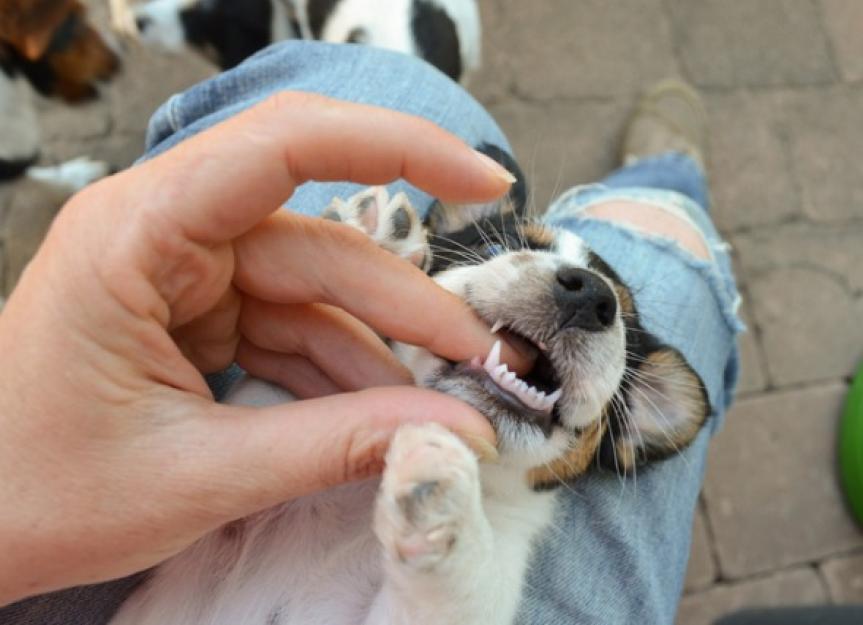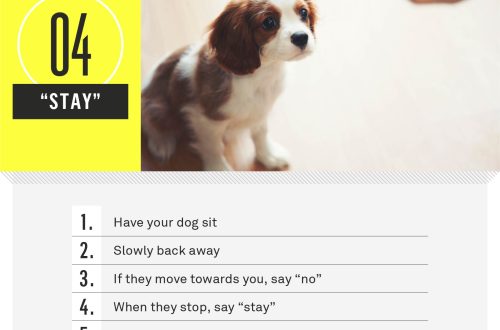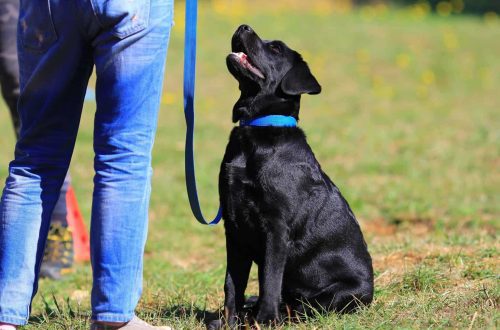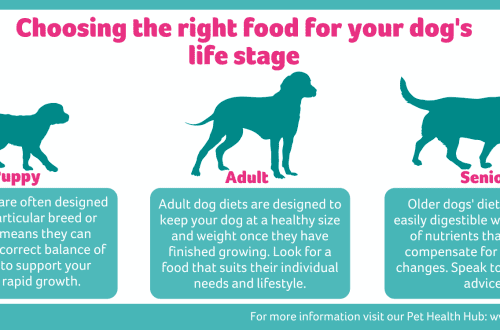
Changing your puppy’s teeth
With the advent of a puppy in the house, an exciting time begins for the owners. And you will need special patience during the period of changing his milk teeth to permanent ones. The pet begins to gnaw everything, bite your arms and legs, and behave too noisily. A dog’s first milk tooth falls out at about 3 months. The owners may not even always be aware that the puppy’s teeth have begun to change until they notice, for example, two fangs, milk and indigenous, growing side by side.
Contents
Milk teeth in a dog: when they appear and when they change to molars
Do you know how many teeth a dog has? When a puppy is about two months old, it will have 28 teeth. An adult animal should have 42 of them: 4 canines, 12 incisors, 16 premolars and 10 molars.
The order in which a puppy’s teeth change is as follows: the molars begin to grow under the roots of the milk teeth at about three months of age. In this case, the roots gradually dissolve, giving way to new ones. Teeth change on average from 3 months and become permanent by 7 months. In dogs of small breeds, often milk fangs either do not fall out on their own, or fall out much later than in puppies of other breeds. If you notice a similar feature in your pet, then be sure to contact your veterinarian for an appointment, because. milk fangs are to be removed only after a thorough examination of the pet.
The sequence of tooth change in a dog is as follows: molars appear at 3–5 months, molars at 5–7 months, premolars at 4–6 months, and canines at 4–6 months. Permanent incisors and canines may be visible in the gums, even if the milk teeth have not yet fallen out. It is considered normal for a puppy to have a double row of teeth in its jaw for several days. Sometimes during the period of changing teeth, the puppy develops bad breath, which is associated with teething. This is normal and will continue until the dog’s entire dentition has been replaced. Regular examination of the pet’s oral cavity by a veterinarian for inflammation and tartar will not be superfluous.
Symptoms of the change of milk teeth to permanent
Often during this difficult period, the puppy has not too pleasant symptoms:
general malaise and lethargy;
stomach upset;
poor appetite;
salivation;
redness of the gums;
stomatitis;
temperature rise.
If you notice at least one of these signs, you should take your puppy to the veterinarian.
Dental Care
Caring for your pet’s oral cavity is one of the foundations of his health. To avoid dental diseases in a puppy, his teeth must be carefully monitored. Carefully inspect both milk and molars for contamination, bite patterns or uneven growth. Your veterinarian can show you how to brush your pet’s teeth at home. Also consult with a specialist about which paste and brush should be purchased at a pet store special for a puppy.
All problems are easier to prevent, so do not hesitate to contact your veterinarian in time.





